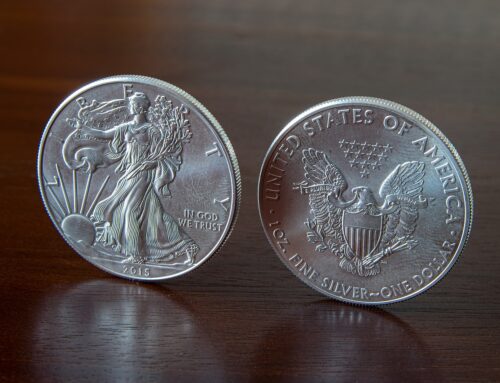Investment firms spend heroic amounts of money on their most important asset, their people. And yet so many firms are famously bad at achieving a decent return on that investment. This is deeply ironic. It’s also a terrible waste for you, for your team, and for your firm’s clients.
The leaders of investment teams share with me their frustration at not getting the members of their team to work as a cohesive unit. In some cases, what they are describing is a hellish cauldron of bickering, bullying, and backstabbing. They fear that their teams teeter on the brink of an unstoppable slide into disengagement and dysfunction, and they don’t feel equipped to rectify the problem.
And the members of the teams share with me their frustration with the team dynamics, their ongoing struggles to deal with difficult colleagues, and their resentment at not being properly valued by their boss and the other people in the firm. The chronic and unproductive interpersonal friction takes its toll after a while, and these bright and talented people start to go through the motions rather than making their fullest contribution. Cue a steep decline in ROI.
A common fantasy is that this would all be less of a problem if there were less difference. This fantasy rests on the idea that it’s the differences between the individuals in the team that is the root cause of the unproductive friction. This has a certain sort of logic, but I think it’s wrong. Maybe the problem is not that there are differences between the people on your team, but rather, or at least in part, that different people with different abilities are being asked to do similar things.
Imagine being in a team where the relative strengths of you and your team-mates are properly understood and valued, where you’re allowed and encouraged to play to your strengths, and where each of you makes different, but similarly valuable, contributions to the team-effort.
The easy part is to imagine it, the more difficult part is to bring it to life in your team. This requires maturity on the part of the team leader as well as the individual team-members. It requires insight into the intrapersonal workings of each team-member and the interpersonal dynamics of the team as a whole. It requires a high degree of meta-awareness, as well as situation-specific fluidity. It sounds like a big ask, but all of this is achievable.
The differences between team-members really does not have to be a problem. What is commonly misdiagnosed as a weakness may be your team’s most profound strength.
Reflection
- How do you currently deal with differences between the members of your team?
- What are the relative strengths of each team member?
- How might these be better harnessed for the benefit of all stakeholders?







Leave A Comment